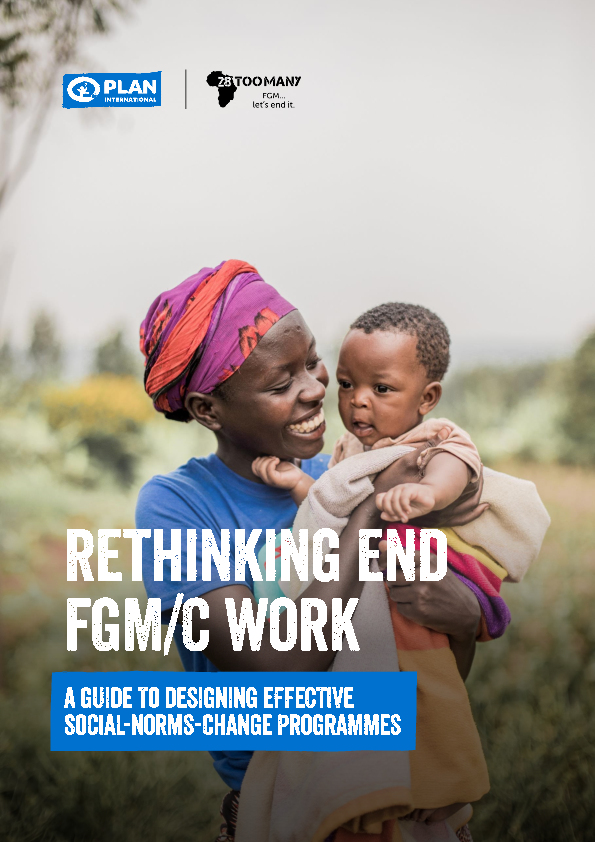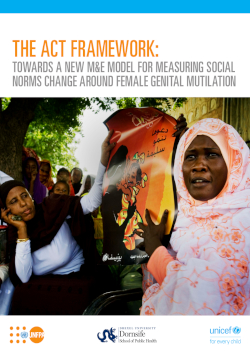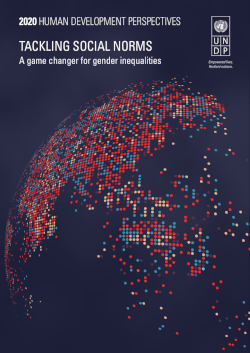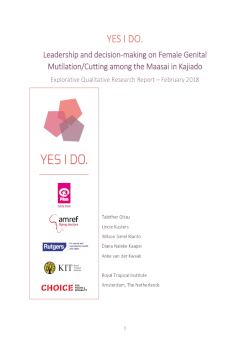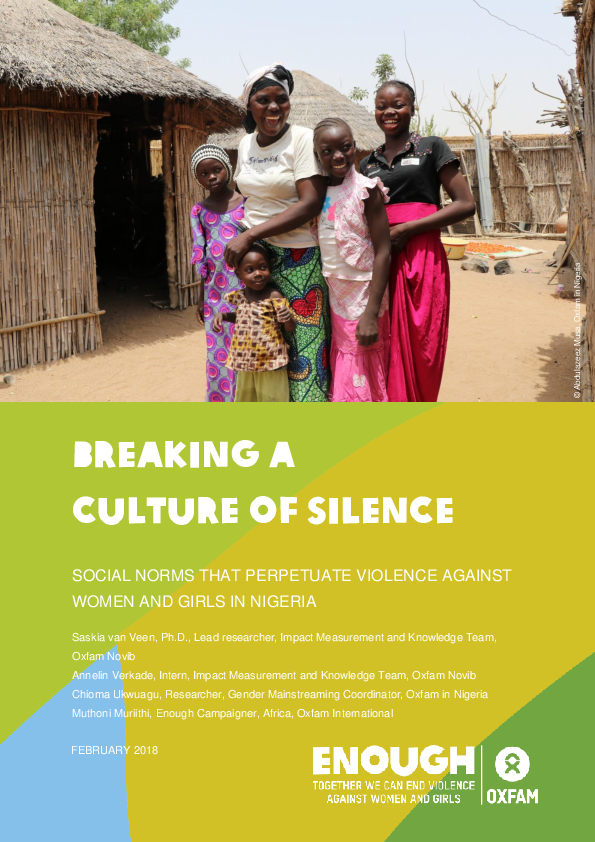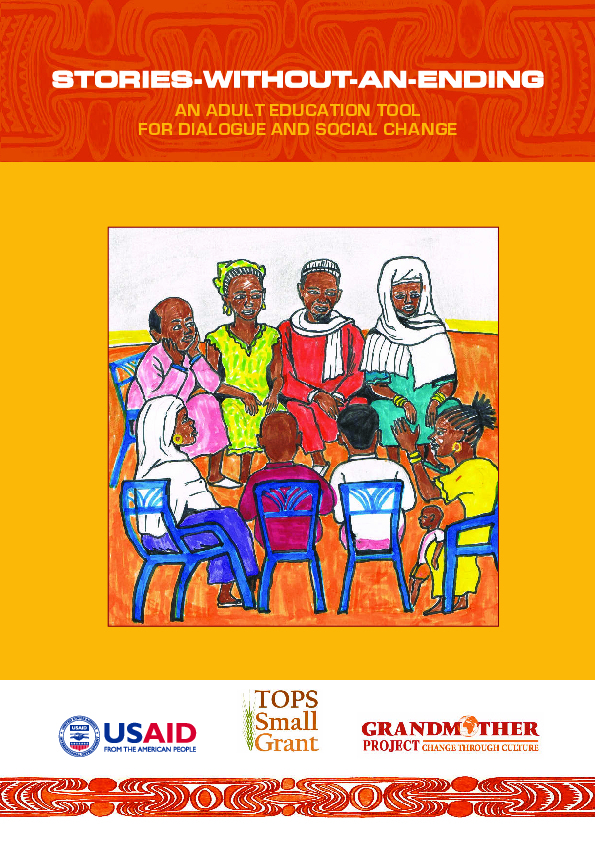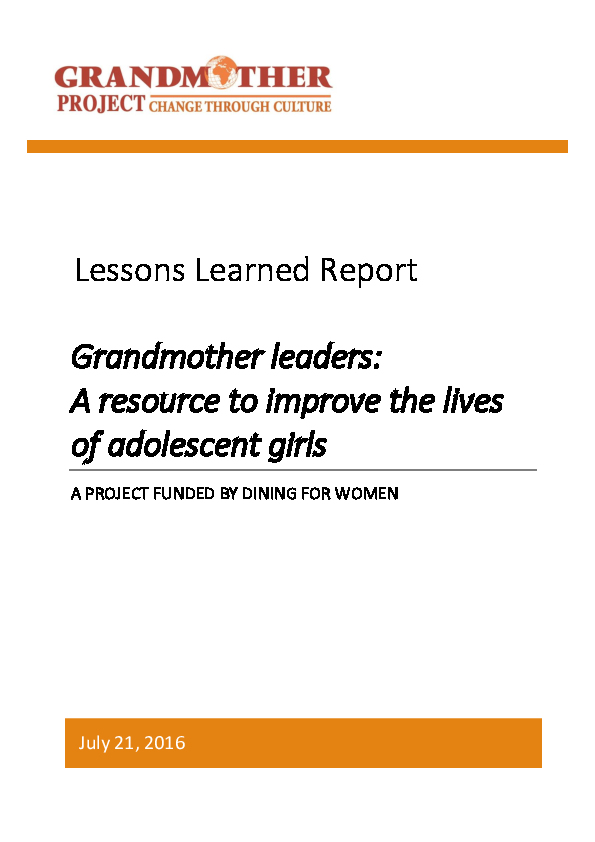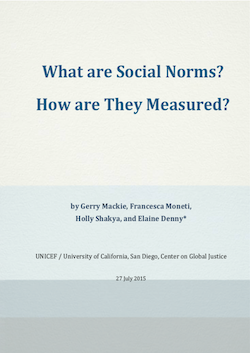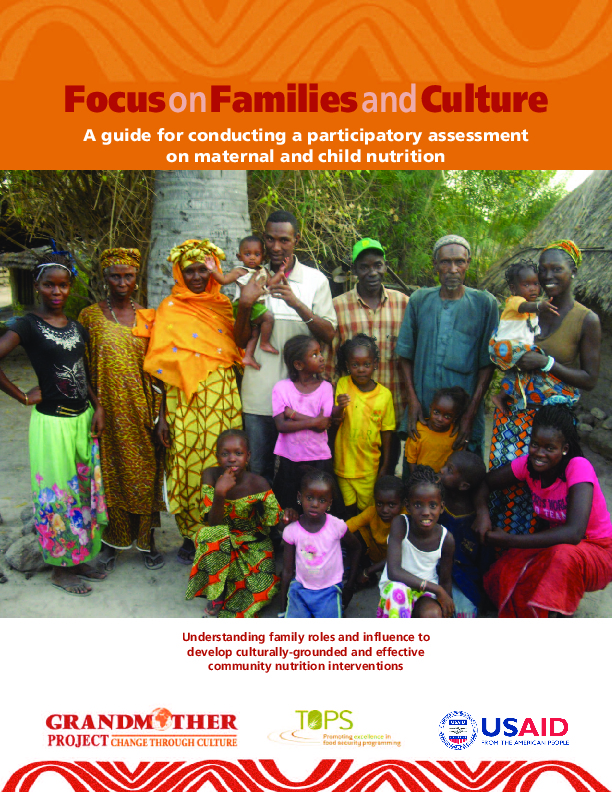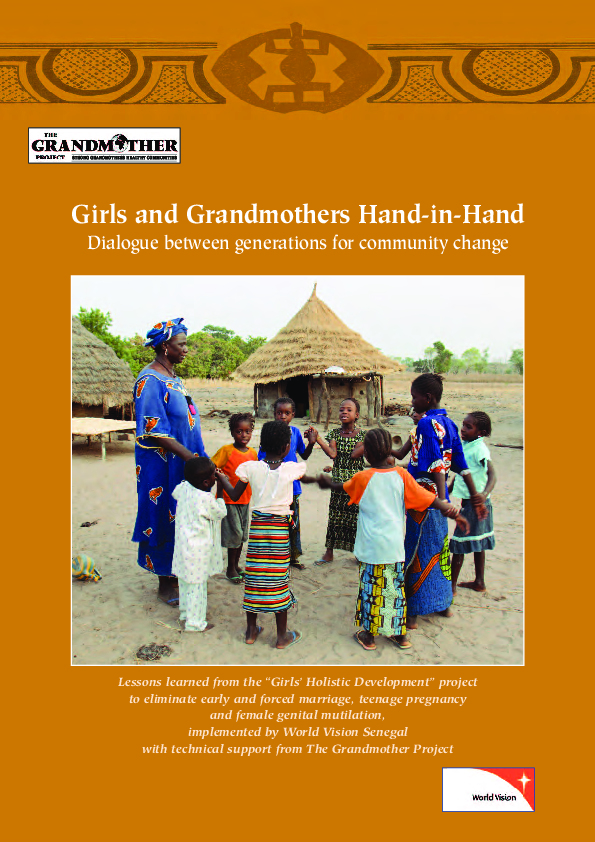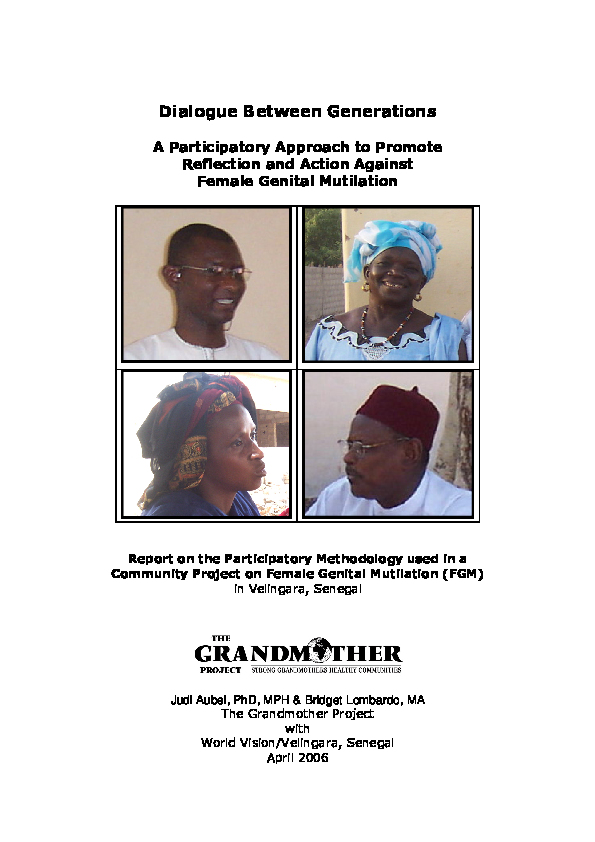Home | Research & Resources | Social Norms & FGM/C
Key Findings
Social norms define what is considered normal and acceptable behaviour for members of a specific group.Social norms are reinforced through positive and negative sanctions that relate to belonging in a particular reference group. FGM/C is deeply rooted in social and cultural traditions and programming to respond to FGM/C must work to shift these norms in order to have an impact on attitudes and behaviours.
Unwritten rules
A social norm are the unwritten rules that guide what we do, what we think others do, and what we think we should do. Social norms are driven by a desire to belong to a specific group.
Reinforcement
Social norms are reinforced by sanctions that a social group imposes. Positive sanctions like marriageability are weighed against negative sanctions like loss of security to make decisions about behaviour.
FGM/C as a social norm
FGM/C is often maintained by approval/disapproval from the reference group a woman or girl belongs to and where positive sanctions are desired and the avoidance of negative sanctions is important.
Intersections
Social norms intersect with moral norms (an inner conviction of what is right or wrong), religious norms (what is expected and required by religion), and legal norms (what is enforceable by the state).
FGM/C as a social norm
FGM/C can be considered a social norm in a specific context if it meets the following conditions:
- Individuals are aware of the rule of behaviour regarding the cutting of girls and know that it applies to them
- Individuals prefer to conform to this rule because (a) they expect that a sufficiently large segment of their social group will cut their daughters; and (b) they believe that a sufficiently large segment of their social group thinks that they ought to cut their daughters and may sanction them if they do not (which could include social exclusion, criticism, ridicule, stigma or the inability to find their daughters suitable marriage partners).
Programmes aiming to address FGM/C as a social norm must consider four critical dimensions:
- Norms themselves - attitudes, values and beliefs
- Resources - economic, human, social and cultural capital
- Regulations - enforcement mechanisms (e.g. laws, policies, social sanctions, etc.)
- Decision-making processes and power dynamics


_cover.jpg)
